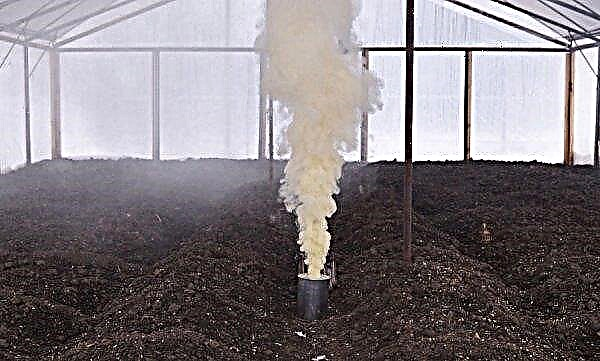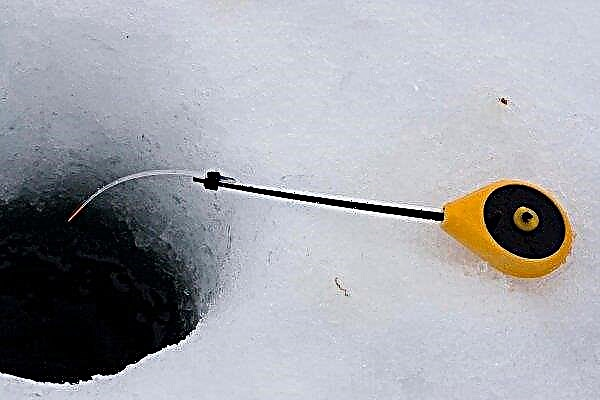Eggplant or “blue” are very tasty and beloved by many vegetables, which can be found in various dishes. Let's find out how to choose these vegetables and whether to peel them.
How to choose eggplant
When buying fruits, try to choose the following items:
- not too large;
- strong, resilient;
- without dents, spots and defects;
- smooth, without wrinkles;
- with dark skin;
- medium size;
- young and medium ripeness.
Important! Too large and light eggplants are likely to be overripe. They are distinguished by hard skin, hard seeds and a bitter aftertaste.
Why peel eggplant
Ripe fruits must be peeled in order to reduce the bitterness present in them and neutralize the effect of solanine. This substance is considered quite dangerous, which is why the "little blue" is not recommended to be used raw.  When cooked, it is manifested by the unpleasant bitterness of overripe fruits. In addition to peeling, removing seeds and soaking chopped vegetables in salt water will help get rid of it.
When cooked, it is manifested by the unpleasant bitterness of overripe fruits. In addition to peeling, removing seeds and soaking chopped vegetables in salt water will help get rid of it.
How to determine the presence of solanine?
Before cooking, you should determine the presence of solanine in the fruits, since it depends on whether the future dish will be bitter. To do this is quite simple, you just cut a small part of the vegetable and leave it for 10-15 minutes at room temperature. A slice of eggplant with a high concentration of solanine will quickly darken in air, and a young specimen can only turn slightly yellow.
How to clean eggplants so that they do not bite
Old and overripe vegetables must be peeled. Moreover, in their rough peel almost no useful elements remained. The cleaning method depends on which dishes you plan to cook.
Important! You can reduce the amount of solanine in eggplants by cutting them into slices and filling with ordinary table salt for 30-60 minutes. Almost the entire amount of harmful substances will be excreted along with copious fruit juice. Then they should be washed several times with cold running water, squeezed out a little and cooked according to the recipe.
To begin with, the fruit should be thoroughly washed, cut off the tail with the sepals and the opposite tip. Then, with a sharp knife or a peeler, the skin is cut along the fetus and all its defects are removed.
Also, the vegetable is perfectly peeled if you first blanch it for about 5 minutes in boiling water, and then briefly immerse it in cold water. 
Many use this method for winter harvesting of fruits, storing them frozen. One of the most beloved in many ways is to clean the baked eggplant. Depending on the ripeness, the fruits are baked in a hot oven for 20 to 40 minutes. Then they are placed in a closed container until completely cooled. After that, their skin is easily separated, and the vegetables themselves acquire a pleasant taste, aroma and are especially suitable for making caviar.
When is it not necessary to peel an eggplant?
Vegetables contain many valuable vitamins and minerals, many of which are found in the peel of the fruit. In addition, there is fiber, which has a beneficial effect on the digestive tract. Therefore, if young specimens are used, then they can be eaten with a skin that is still quite soft and not bitter. This will maximize the benefits of vegetables.
Did you know? The first eggplant was brought to Europe from America. There is a legend that the dishes from this vegetable turned out to be so delicious that, having tasted them, one Turkish imam collapsed from an excess of feelings.
Also, vegetables are not peeled before baking in the oven or on the grill and cooking, where they are stuffed with any filling. In this case, the peel allows the fruit to retain its shape and attractive appearance.
So, now you know how to clean eggplants and whether it is possible to use them with a peel. Think, experiment, use old and proven recipes and enjoy this wonderful vegetable with pleasure.












